[ESP | ENG ] #español JOSÉ MARTÍ | JOSÉ MARTÍ

"¿Sabías que José Martí pasó por cinco tumbas distintas tras su muerte?".
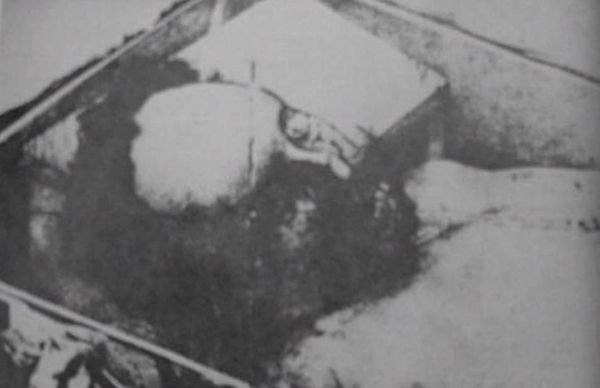
"Los restos de José Martí descansan hoy en el Mausoleo que lleva su nombre en el Cementerio Santa Ifigenia, en Santiago de Cuba. Quizás el dato no sorprenda a muchos, ya que es algo bastante conocido. Sin embargo, muchos desconocen que su cadáver fue enterrado cinco veces tras su muerte, incluso en una fosa común, boca abajo y con el cuerpo de un soldado español encima".
"El 19 de mayo de 1895, Martí cabalgaba hacia la maleza donde se encontraban ocultos un grupo de españoles y fue alcanzado por tres disparos que le provocaron heridas mortales, cayendo en Dos Ríos".
"Sin la menor de las formalidades, fue enterrado (por primera vez) al día siguiente en el cementerio local de Remanganaguas, en una fosa común, de cara hacia la tierra y con el cadáver de un español encima".
"Casi setenta y dos horas después, su cadáver fue rescatado por los propios españoles, quienes dispusieron que se trasladara a Santiago de Cuba para realizarle una autopsia. De ello estuvo encargado el médico y militar español Pablo Aurelio Valencia y Forns, quien tuvo que realizar su exhumación, identificación y preparación".
"Para el traslado de su cuerpo a la ciudad de Santiago se dispuso un improvisado ataúd de madera que fue transportado en parihuelas desde Remanganaguas hacia Palma Soriano y fuertemente custodiado por unos 600 soldados españoles".
"Transportado por la vía férrea llegó después a Santiago de Cuba al cementerio de Santa Ifigenia en secreto. Su cuerpo descansó entonces, por segunda vez enterrado, el 27 de mayo de 1895 en el nicho número 134 en la galera sur del campo santo santiaguero.
Las condiciones sanitarias del cementerio llevaron a que en 1905 se demoliesen las galerías de nichos. En aquel entonces, se levantó un templete, cuyo proyecto estuvo a cargo del arquitecto José Boffill, que se inauguró el 7 de diciembre de ese mismo año y allí fue enterrado Martí por tercera vez".
"En 1946 se lanzó un concurso a nivel nacional en el que se presentaron 18 de proyectos, en el cual se seleccionó el del escultor Mario Santí y el arquitecto Jaime Benavent, quienes se encargaron de construir posteriormente el Mausoleo a José Martí".
"Con motivo de las labores constructivas del citado Mausoleo, los restos de José Martí fueron trasladados al Retablo de los Héroes en septiembre de 1947, donde permanecieron hasta el 29 de junio de 1951, cuando fueron llevados a la sede del gobierno municipal, para dar comienzo a los honores de lo que sería su quinto enterramiento".
"El 30 de junio el cortejo fúnebre partió en un armón de artillería y recorrió céntricas calles de Santiago de Cuba hasta el mausoleo en Santa Ifigenia. Numerosas personalidades cívicas, políticas y militares de todo el país (entre ellas el presidente de Cuba en aquel entonces: Carlos Prío Socarrás) Se dieron cita ante el llamado de la patria de rendir tributo al más grande de todos los cubanos".
"Did you know that José Martí passed through five different tombs after his death?"
"The remains of José Martí rest today in the Mausoleum that bears his name in the Santa Ifigenia Cemetery, in Santiago de Cuba. Perhaps the fact does not surprise many, since it is something quite well known. However, many are unaware that his body was buried five times after his death, including in a mass grave, face down and with the body of a Spanish soldier on top.
"On May 19, 1895, Martí was riding into the bush where a group of Spaniards were hiding and he was hit by three shots that caused fatal wounds, and he fell in Dos Ríos."
"Without the slightest formality, he was buried (for the first time) the next day in the local cemetery of Remanganaguas, in a common grave, facing the ground and with the corpse of a Spaniard on top."
"Almost seventy-two hours later, his body was rescued by the Spaniards themselves, who arranged for it to be transferred to Santiago de Cuba to perform an autopsy. The Spanish doctor and soldier Pablo Aurelio Valencia y Forns was in charge of this, who had to perform its exhumation, identification and preparation".
"For the transfer of his body to the city of Santiago, an improvised wooden coffin was prepared, which was transported on stretchers from Remanganaguas to Palma Soriano and strongly guarded by about 600 Spanish soldiers."
"Transported by the railway, it later arrived in Santiago de Cuba at the Santa Ifigenia cemetery in secret. His body then rested, buried for the second time, on May 27, 1895 in niche number 134 in the south gallery of the Campo Santo Santiago.
The sanitary conditions of the cemetery led to the demolition of the niche galleries in 1905. At that time, a small temple was built, the project of which was carried out by the architect José Boffill, which was inaugurated on December 7 of that same year and Martí was buried there for the third time.
"In 1946, a national competition was launched in which 18 projects were presented, in which the one by the sculptor Mario Santí and the architect Jaime Benavent, who were in charge of subsequently building the Mausoleum for José Martí, was selected."
"On the occasion of the construction work of the aforementioned Mausoleum, the remains of José Martí were transferred to the Altarpiece of the Heroes in September 1947, where they remained until June 29, 1951, when they were taken to the headquarters of the municipal government, to begin the honors of what would be their fifth burial.
"On June 30, the funeral procession left in an artillery gun and traveled through the central streets of Santiago de Cuba to the mausoleum in Santa Ifigenia. Numerous civic, political and military personalities from all over the country (including the president of Cuba at that time : Carlos Prío Socarrás) They gathered at the call of the country to pay tribute to the greatest of all Cubans."
¡Lluvia de bendiciones para todos! | ¡Blessings showered on all!
TEXTO SACADO DE Vía: CubaCute Noticias
CUBA🇨🇺 SÁLVATE!
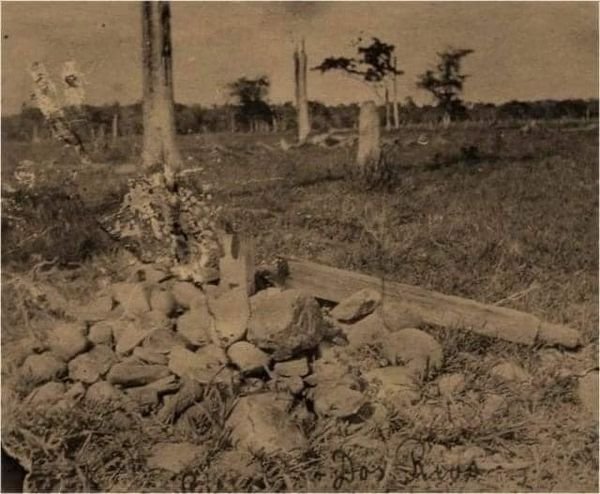
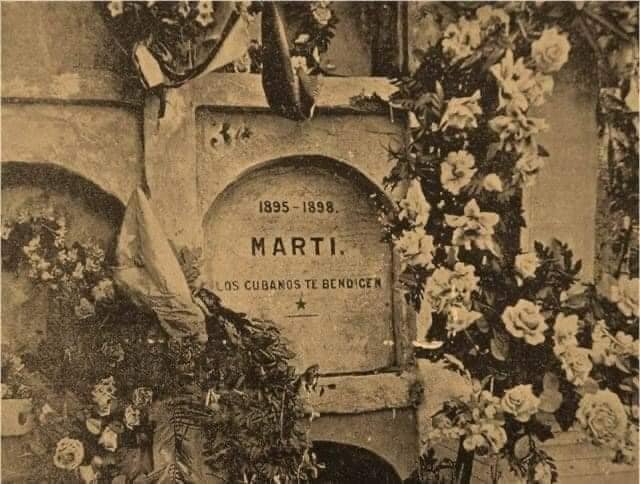
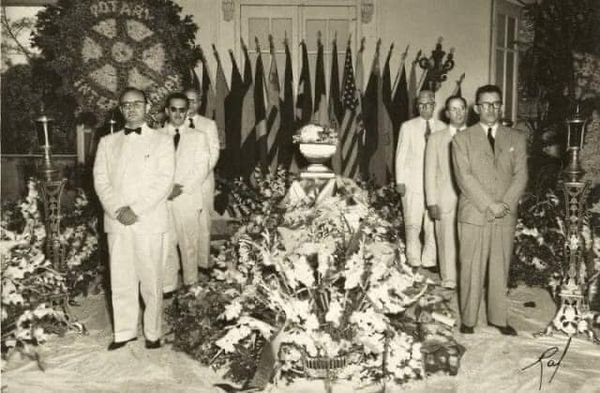
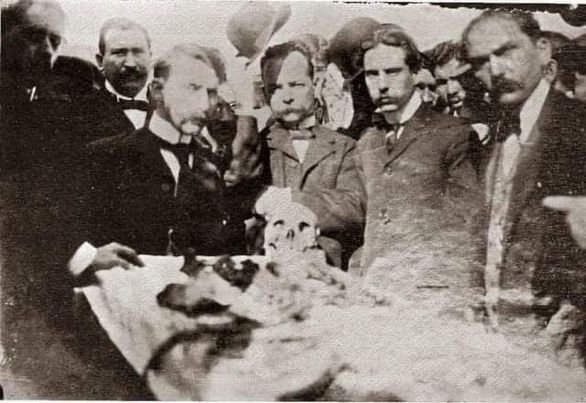
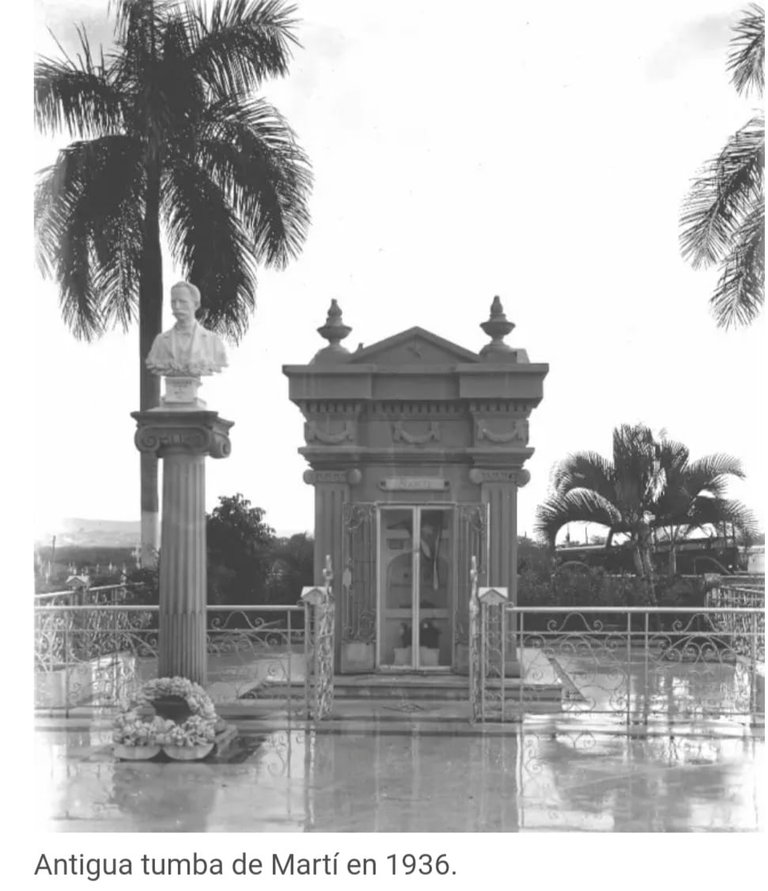
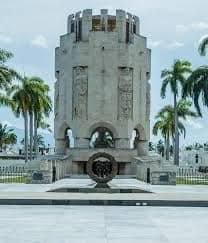
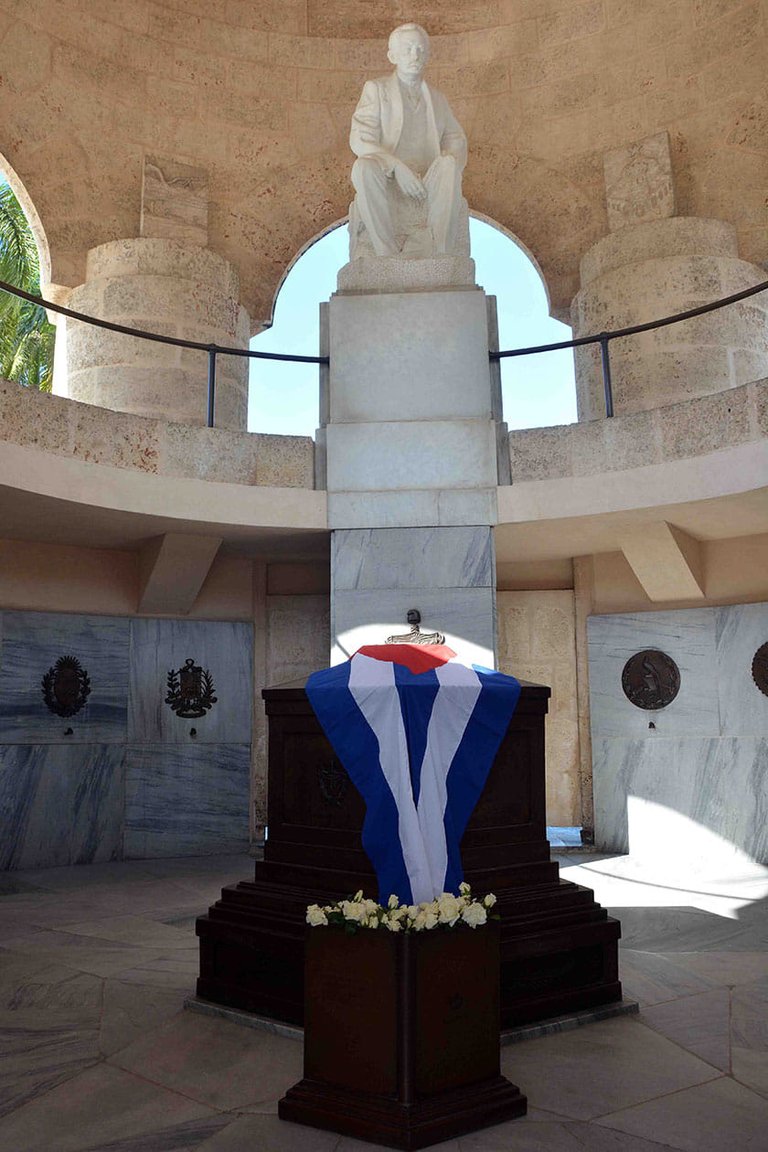
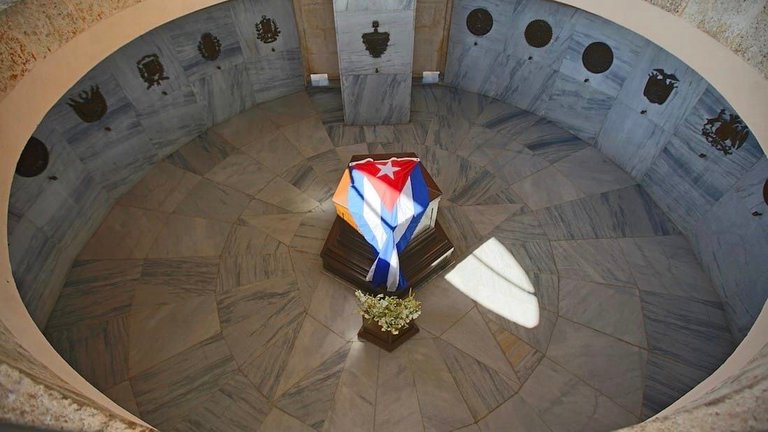

Congratulations @criptofull! You received a personal badge!
You can view your badges on your board and compare yourself to others in the Ranking
Check out our last posts: